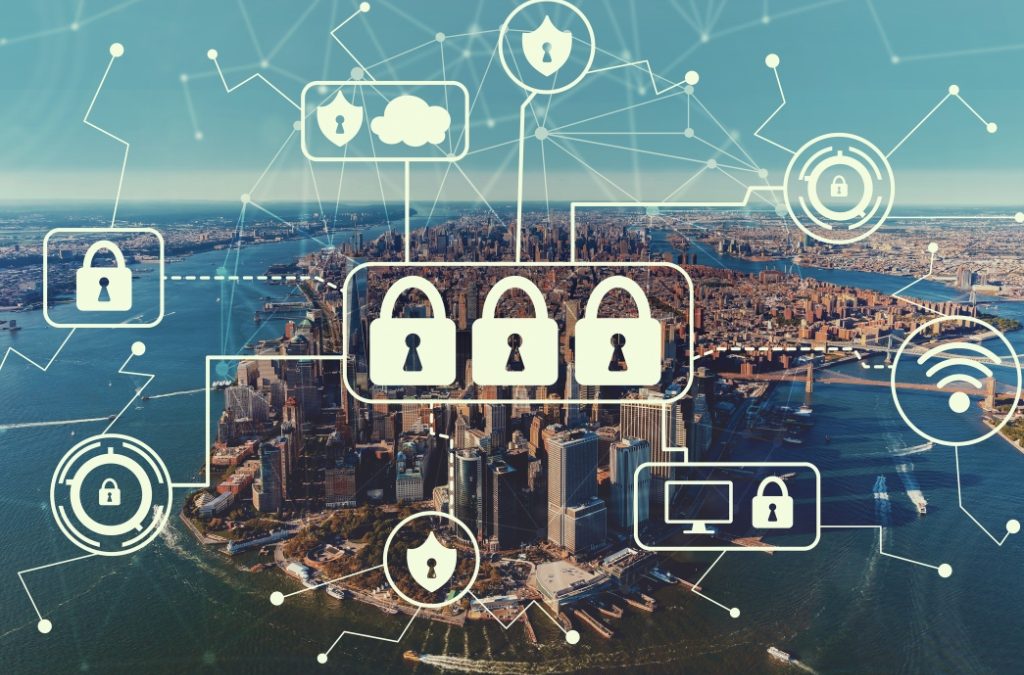Hello!
 Although there have been many positive developments in workplace practices over the past year — like the increase in work-from-home policies and other flexible work arrangements — one of the largest downsides has been the increase in hacks, ransomware attacks, and other cybersecurity problems. This is affecting all businesses.
Although there have been many positive developments in workplace practices over the past year — like the increase in work-from-home policies and other flexible work arrangements — one of the largest downsides has been the increase in hacks, ransomware attacks, and other cybersecurity problems. This is affecting all businesses.
This can be due to many reasons, but the most important is inaccessibility to traditional IT teams. Employees resort to DIY methods to fix security problems and maintain their work devices. Hackers can exploit these cybersecurity holes.
Ransomware hackers can also disappear with less effort due to the rise of cryptocurrencies. Even though victims paid over $406 million in cryptocurrency in 2020 to ransomware A — and this figure is likely to rise as high this year according to Bloomberg — there is still hope.
You can minimize the damage to your business by having the right cyber intelligence strategy and properly implementing it.
Staff/partner engagement
 Here is where the real work begins. Cyber Threat Intelligence is information businesses collect about cybersecurity threats, attempts, and successes.
Here is where the real work begins. Cyber Threat Intelligence is information businesses collect about cybersecurity threats, attempts, and successes.
This information can be used to improve the company’s situational awareness and respond to any cybersecurity threat, including ransomware attacks and insider hacktivism.
Although the word “cybercrime” conjures images of a man in a dark hoodie and sunglasses typing furiously on a computer to break past software defenses, the reality is that most attacks boil down to exploiting human behaviors in what is known as social engineering.
These can include phishing emails and fake customer service calls. It is crucial to make sure that all employees who have access to your computer systems are trained on how to identify, document, escalate, and neutralize cybersecurity threats.
Training and testing staff can help. A detailed guide will be available to assist in every situation. Vendors and other businesses must do thorough cybersecurity due diligence to ensure they have sufficient protection to stop attacks that could compromise your systems.
Collect and analyze data
 A seemingly minor anomaly could be the sign of a larger attack, which could lead to your company being held, hostage. It could even be something as small as a suspicious email and attachment which an employee checked and then deleted.
A seemingly minor anomaly could be the sign of a larger attack, which could lead to your company being held, hostage. It could even be something as small as a suspicious email and attachment which an employee checked and then deleted.
Your employees should be required to report any anomalies that they see in the training and manual that you provide. This will give you a complete picture so that you can take corrective actions.
It’s not enough to get information from your staff. You should also look into other sources such as databases that are maintained by the government or private companies. When choosing a cybersecurity vendor, do your research.
You should ensure that the vendor can help you recover from losses, such as ransomware attacks. Cybercriminals have become extremely skilled at hiding identities and stealing assets.
Still, providers like CNC Intelligence have developed techniques to use the data collected from clients and other sources to identify the beneficial owners of the criminal scheme and locate recoverable assets with high accuracy.
Also read:
- Newest Innovation in Shipping Tech: Ditch Your Printer
- Top 5 Technology Priorities for Enterprises Preparing for Economic Slowdown
- 12 Techniques to Do SEO for Accountants
Collaborate with other industry players
 Nowadays, there are industry ISACs (Information Sharing and Analysis Centre) in most sectors of the economy, where the officers responsible for their companies’ cybersecurity interact and share information and strategies to mitigate common threats.
Nowadays, there are industry ISACs (Information Sharing and Analysis Centre) in most sectors of the economy, where the officers responsible for their companies’ cybersecurity interact and share information and strategies to mitigate common threats.
Participation in these forums is crucial because it increases your chances of being aware of an attack pattern or emerging threat before it reaches your doorstep. The criminals collaborate too, as can be seen from the “malware supermarkets” and tutorials on black hat forums.
When tackling a threat, cybersecurity experts will have the ability to tap into a collective pool of knowledge. This increases the chance of success.
Consider establishing a cyber intelligence exchange forum if your company is located in an area or industry that does not have one. Get involved with other companies and agree on the parameters for information exchange so that all parties can benefit, without putting their proprietary information at risk. It will be worth it for everyone.
Thank you!
Join us on social networks!
See you!






